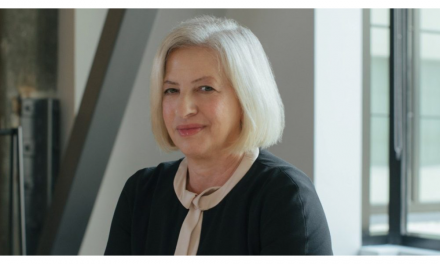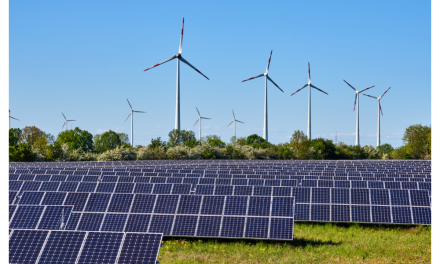- Solar PV is expected to dominate Australia’s domestic power generation capacity in the event of Australia reaching net zero status by 2050, according to a new report
- Most of the solar capacity will come from the north of the country specifically parts of Western Australia, NT and Queensland
- Report writers project green hydrogen generated from solar to be the largest clean energy export from Australia
If Australia wants to become a net zero economy by 2050, it will need a massive installation of renewables, adding up to 1.9 TW of solar PV, 132 GW onshore wind and 42 GW offshore wind, according to the interim findings of a new report that aims to provide insights to reach the goal.
The E+ scenario envisions nearly full electrification of transport and buildings by 2050 and no limit on renewable rollout. For solar PV, it sees 98 GW cumulatively being installed by 2030, 654 GW by 2040, and eventually 1.9 TW by 2050.
Interim results are part of the Net Zero Australia (NZAu), a 2-year collaborative partnership between the University of Melbourne, the University of Queensland, Princeton University and management consultancy Nous Group. The final report is scheduled to come out in 2023.
The researchers are modeling a straight line reduction from 2020 to net zero in 2050 for Australia’s domestic emissions, and a straight line reduction from 2030 to net zero in 2060 of offshore emissions from fossil fuel exports. Most scenarios recommended here, place no limit on the rate at which renewables can be built.
According to the interim assessment, most of the projected solar PV capacity is likely to come from the north of Australia namely Western Australia, Northern Territory (NT) and Queensland. Solar will dominate domestic electricity generation in all scenarios but one where wind is the primary source. Rooftop solar and biomass will also play a significant role.
To help firm renewable energy capacity, 50 to 120 GW of energy storage can be expected to come up, mostly comprising batteries along with 30 to 50 GW of firm generation from sources as hydro and gas turbines but their share will fall as that of renewables increases.
Even when it comes to exports, almost all electricity serving the export market is generated from large scale PV with between 1 to 3 TW capacity.
Australia will be producing more than 140 MT hydrogen annually, most of which will be produced through electrolysis powered through clean energy sources. Green hydrogen from solar is projected to be the largest clean energy export. Report writers see significant potential for innovation in electrolysis and renewables that would lower export costs.
To reach its net zero target, Australia will need to bring in about 1.0 to 1.3 million new workers and equip them with technical skills.
“Our findings show there’s no two ways about it – to meet net zero by 2050, Australia must transform,” said Chair of the NZAu Steering Committee Robin Batterham. “Major and long-term investment is required in new renewable generation, electricity transmission, hydrogen supply chains, and more. New skills and training is needed to capitalize on Australia’s clean energy potential. This will create new costs, benefits and opportunities.”
The interim results are shared by the team in a presentation available on the project website.















